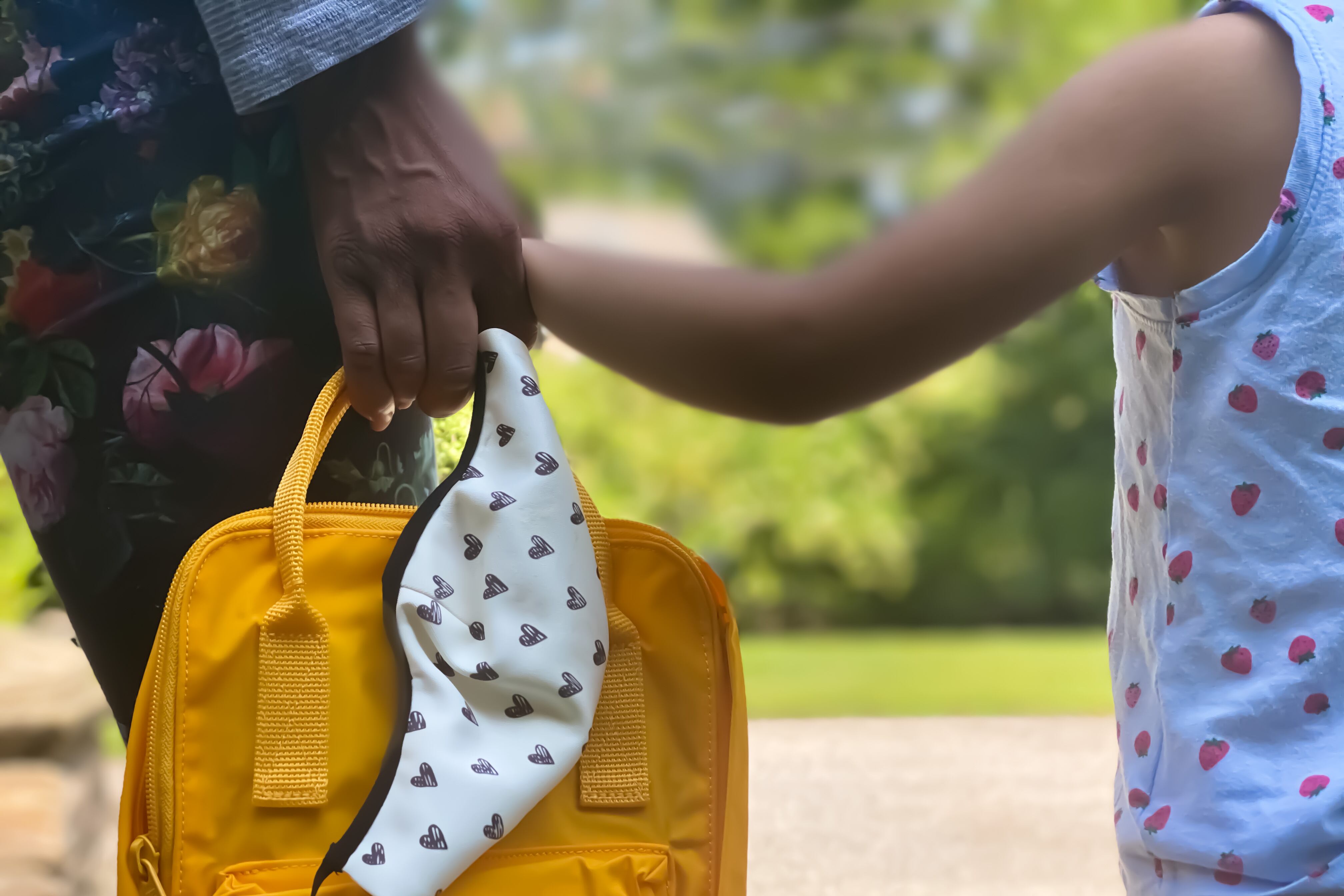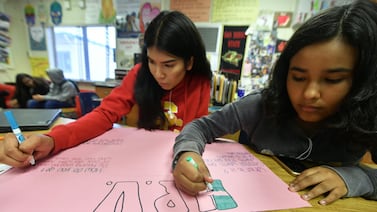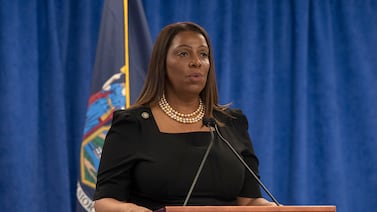Enrollment in Illinois child care centers has dropped sharply since the start of the COVID-19 pandemic, raising concerns about a beleaguered sector of the economy.
Licensed child care centers were operating, on average, at about half of their capacity in August, according to data presented this week at a meeting of the state’s Early Learning Council. The data, which compared March capacity to August enrollment, include centers where families pay tuition and those subsidized by state or federal funds.
Several factors could be contributing to the drop in enrollment: Parents’ concerns about the risk of their children getting COVID-19, class size caps meant to limit the spread of the virus, and staffing vacancies that forced some centers to close classrooms or enroll fewer children, said Teresa Hawley, the first assistant deputy governor of education.
The declines were reported among licensed child care centers. Home-based child care centers appeared more insulated from steep enrollment hits. They reported fewer infants enrolled but steadier numbers among preschoolers and even a bump among school-age children, likely because they supervised remote learning.
Some centers reported more dramatic losses: 31% of centers that received emergency child care recovery grants through the state were operating at 40% of their capacity or less.
Only 22% of licensed child care centers were operating at 80% capacity or better.
Earlier this fall, Chicago Public Schools released enrollment data that showed 34% declines among 3- and 4-year-old students in its programs — and steeper losses among Black preschoolers. The district this week said preschoolers will be in the first wave of students to return to campuses in a January reopening plan.
Policymakers are worried about the statewide enrollment data on a number of fronts. Child care is essential for working parents of small children, and enrollment declines could force some centers to permanently reduce capacity or close, drying up the supply in a state where 70% of women are in the workforce but there are so-called “deserts” with too few options for parents.
Fewer children in formal programs also means less exposure to early reading, math, and social-emotional skills — there is a growing body of research showing that children who attend high-quality preschool programs are more prepared for school and experience substantial benefits compared to students who don’t.
Illinois Gov. J. B. Pritzker earmarked $270 million in business recovery grants for child care centers over the summer, effectively offering a second round of funding after the federal government’s initial round of emergency loans in the spring. Providers have said those grants provided crucial lifelines.
Officials analyzed data from that grant program for the enrollment numbers presented this week. The state reported 4,991 grantees in the program, about 60% of which were home-based sites and 40% were child care centers.
Illinois is currently reexamining its early education system, and a funding commission convened by the governor is due to issue its final recommendations in the coming months. How that commission’s findings will be impacted by the state’s revenue shortfalls — and the failure of a graduated income tax measure that, had it passed, would have raised billions in additional revenue annually — is not yet clear. Nor is it evident whether Washington will produce a second stimulus bill that includes support for early childhood education, as advocates have called for.
On Thursday, a prominent early childhood advocacy group published a bipartisan memo to President-elect Joe Biden saying that, as centers hit financial straits and close classrooms, the growing child care crisis will threaten the progress of women in the workforce.
Hawley said the early education community needs to mobilize around the data. “Even without resources, we may have to be more creative. How many fewer kids are in any sort of formal program or attached to any sort of formal program? We may need to help programs pivot to how they do community-level outreach so that parents support kids’ learning at home, even if they aren’t tied to enrolled programs.”
“We have a lot of kids who are going to be showing up to kindergarten next year not having a year of preschool that we would expect them to have had.”






